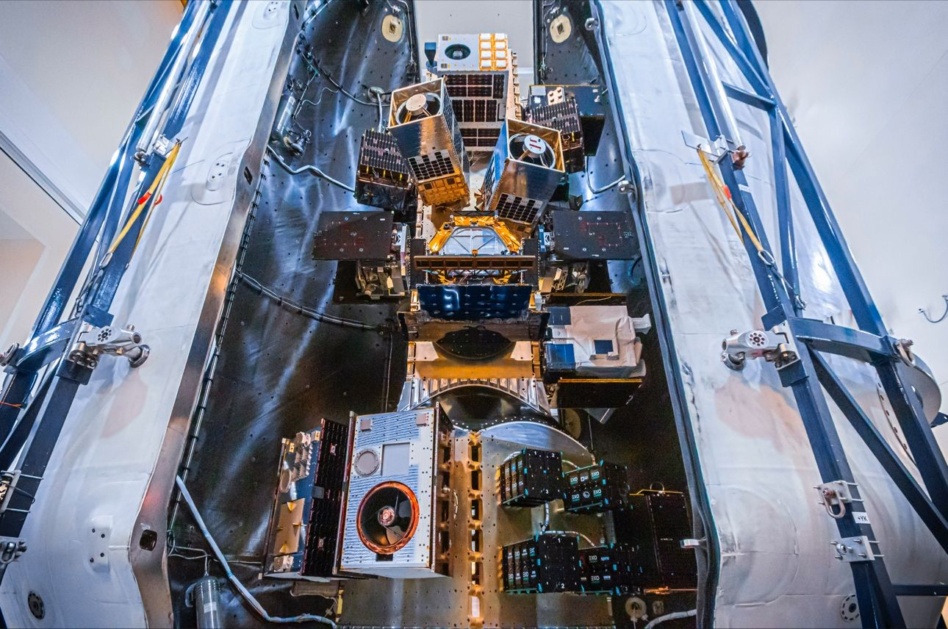SpaceX’s next rideshare launch is almost upon us, and that means satellite companies have spent the last quarter scrambling to obtain the government permission they need to operate their spacecraft—a challenge that can take them by surprise.
Case study: Take Aethero, a firm developing edge computing in space. It’s launching a demonstration payload as early as next month on Transporter-11—one of the most common paths to obtaining flight heritage and demonstrating a minimum viable product.
Getting there wasn’t easy: After their public notice with the FCC ended May 10, the company had to coordinate with several other government agencies, and had to push back the timing for installing their satellite into its deployer—ultimately, they got final approval less than an hour before their integrator’s deadline.
“There was too much that could’ve gone wrong, and an hour-long delay from any agency involved would’ve sunk our chances of making Transporter-11,” founder and CEO Ed Ge told Payload.
Ge says the process was clear and credits his “amazing counsel” with the eleventh hour approval. But he acknowledged that he and other founders can be so focused on the hard problem of tech that critical regulatory prep can fall by the wayside. ”It plays a critical role, but I feel like it’s often overlooked or a black box for new companies,” he said.
Ask the computer: Aethero is represented by Aegis Space Law, a firm that specializes in the sector’s unique regulatory challenges. The firm recently released a choose-your-own adventure calculator to help start-ups estimate the time and costs required to get cleared for launch. Aegis partner Bailey Reichelt called it a “starting point” to help educate space businesses.
It’s not just timing, partner Will Lewis said, but “accurately assembling all of the information you need beforehand from third party vendors, figuring out what your mission CONOPS is going to entail, and kicking off your engagement [with] both the FCC and other potential federal stakeholders.”
That might include consults with six or more federal agencies, including obvious aerospace regulators like the FCC, FAA, and NOAA, as well as check-ins with the DoD, State Department, and Department of Commerce. And since many startups are, by their nature, proposing novel technology that regulators haven’t encountered before, the scrutiny only increases.
Things that can seem straightforward to technical founders can be big problems when it comes to government regulations, Reichelt said. Founders emerging from graduate programs where they worked alongside foreign nationals can’t easily turn around and found space companies alongside them.
Designing efficient spacecraft around these rules can also be tricky: One of Reichelt’s clients chose a low cost foreign-built antenna for their spacecraft design before realizing it didn’t meet DoD contract standards and would require costly legal work to obtain contested spectrum.
Plan for planning: “If I even thought about coming in less than a year ahead for an FCC license, they would be screaming at me,” said Curt Blake, the former CEO of satellite integrator Spaceflight, now an attorney at Wilson Sonsini working with space firms.
But that early legal timeline doesn’t always line up with design work—“You may not know everything you need to know about the spacecraft [and get] forced to make those sorts of decisions even earlier,” he says.
That can make it tough to iterate, particularly for new companies trying to gain traction without a ton of capital. Maybe the smartest advice for space startups: “You have to raise enough to weather that storm,” Blake says.




